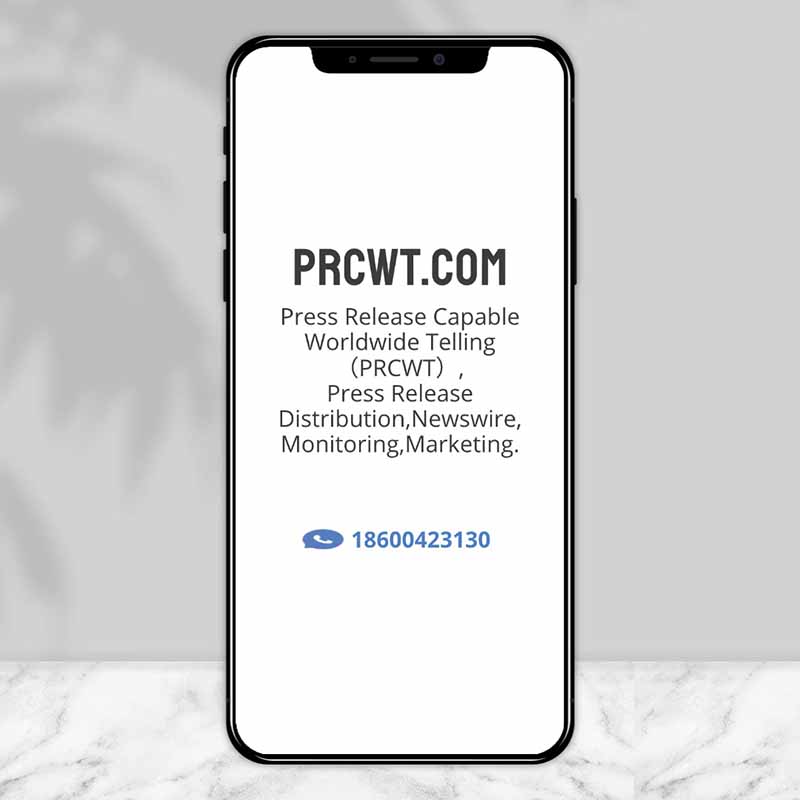In the fast-paced digital landscape of today, media monitoring has emerged as a crucial aspect for businesses and organizations. It involves the systematic tracking and analysis of various media sources to gain insights into public sentiment, brand perception, and emerging trends. With the exponential growth of digital content, the significance of accurate and timely media monitoring cannot be overstated.
One of the key benefits of media monitoring is its ability to provide real-time information. By constantly scanning the web, social media platforms, and traditional media channels, businesses can stay updated on what is being said about them and their competitors. This enables them to respond promptly to emerging issues and manage their reputation effectively. According to recent industry data, 70% of consumers now research products and services online before making a purchase decision. Therefore, having a strong online presence and actively monitoring media mentions is essential for businesses to stay competitive.

Another important aspect of media monitoring is sentiment analysis. By determining the tone and polarity of media coverage, businesses can understand how the public views their brand. Positive sentiment can lead to increased customer loyalty and brand advocacy, while negative sentiment may require immediate action to address concerns and improve the brand image. For example, a study conducted by a leading market research firm found that companies with a high level of positive sentiment in their media coverage experienced a 20% increase in sales compared to those with lower sentiment.

In addition to brand monitoring, media monitoring can also be used for market research and competitor analysis. By tracking the media activities of competitors, businesses can gain insights into their marketing strategies, new product launches, and industry trends. This information can then be used to develop more effective marketing plans and stay ahead of the competition. According to a recent survey, 80% of businesses consider media monitoring as an important tool for their marketing efforts.
However, media monitoring is not without its challenges. The sheer volume of data available can make it difficult to sift through and extract meaningful insights. Additionally, the accuracy and reliability of media monitoring tools can vary, depending on the sources and algorithms used. To overcome these challenges, businesses need to invest in advanced media monitoring tools and work with experienced analysts who can interpret the data effectively.
In conclusion, media monitoring is a powerful tool for businesses in the digital age. It provides valuable insights into public sentiment, brand perception, and market trends, enabling them to make informed decisions and stay ahead of the competition. By leveraging the latest technology and working with experienced professionals, businesses can ensure that their media monitoring efforts are effective and yield positive results.